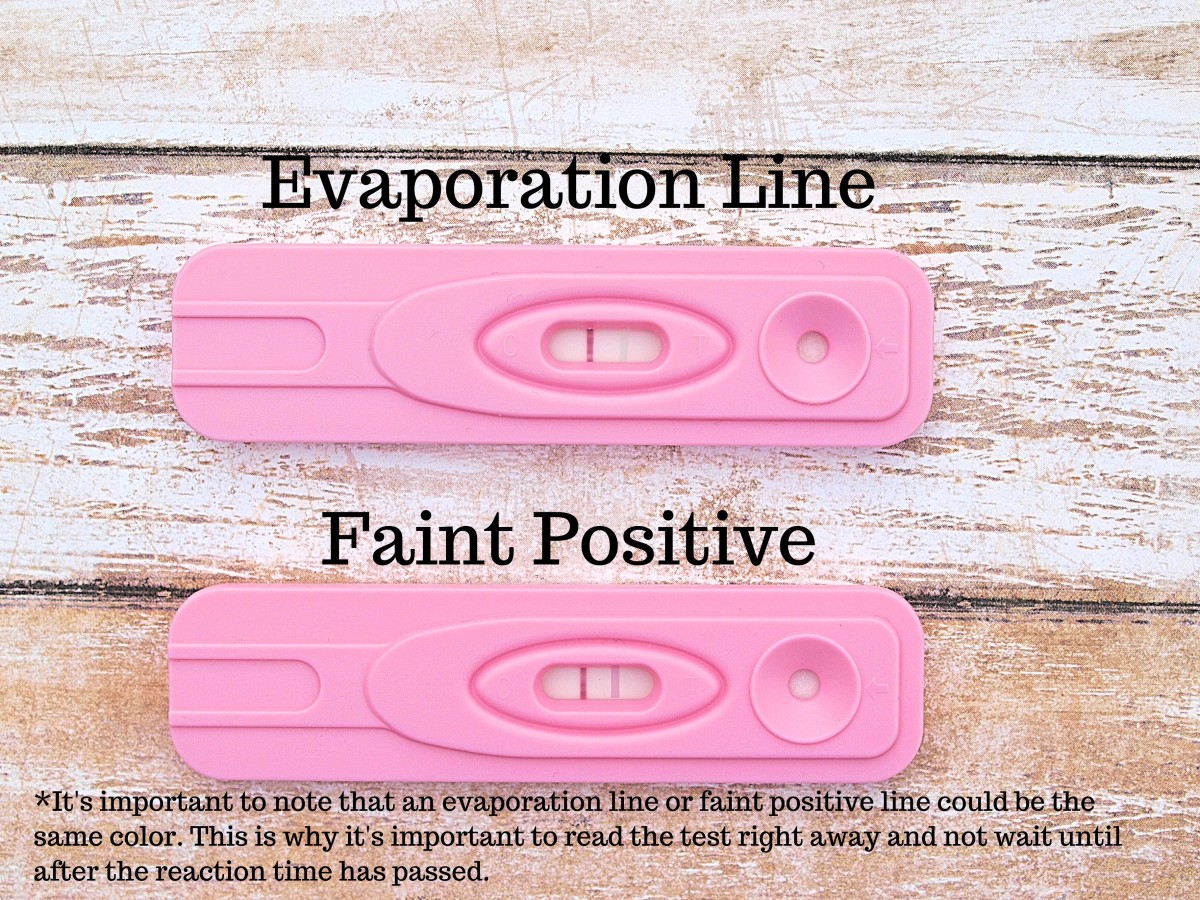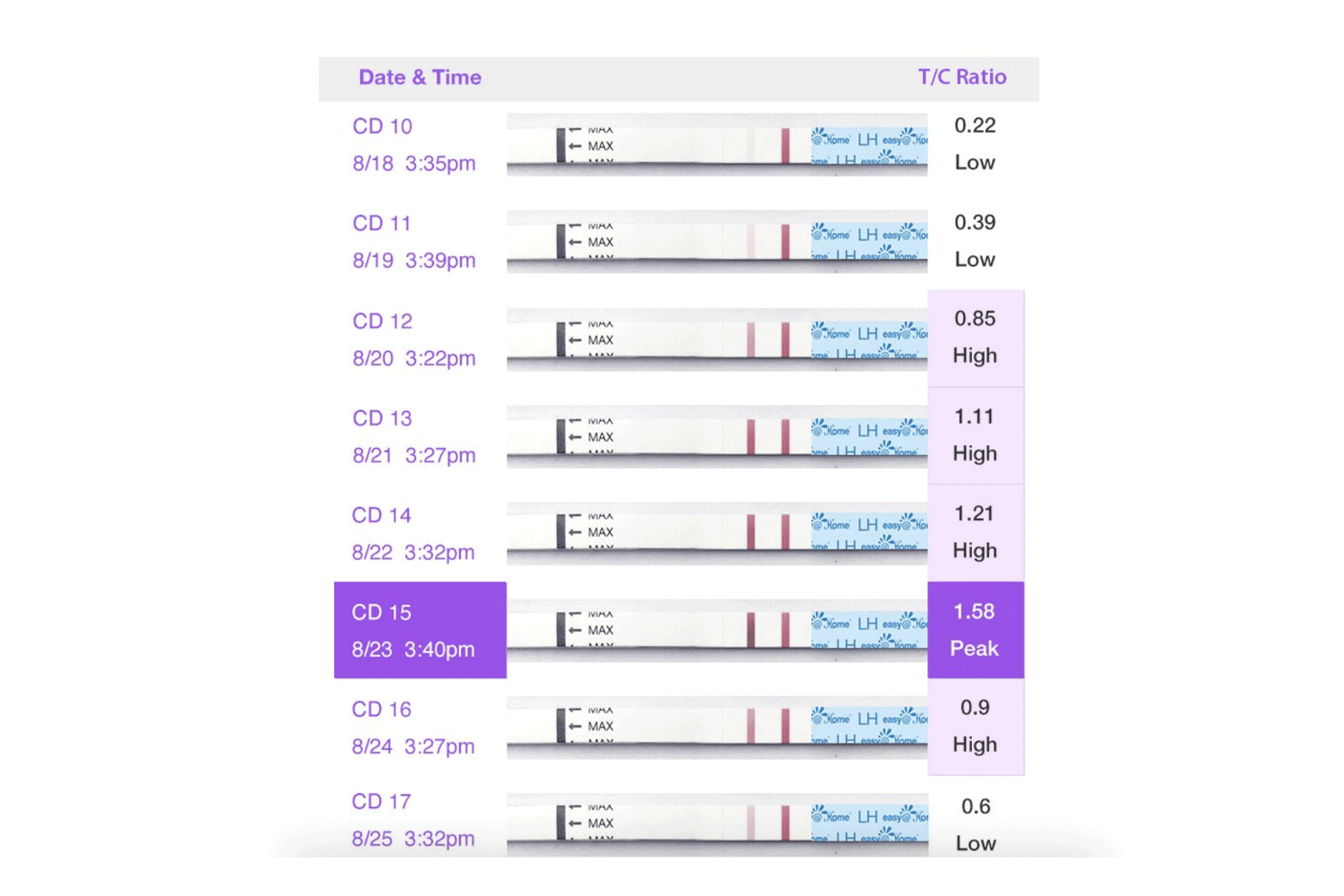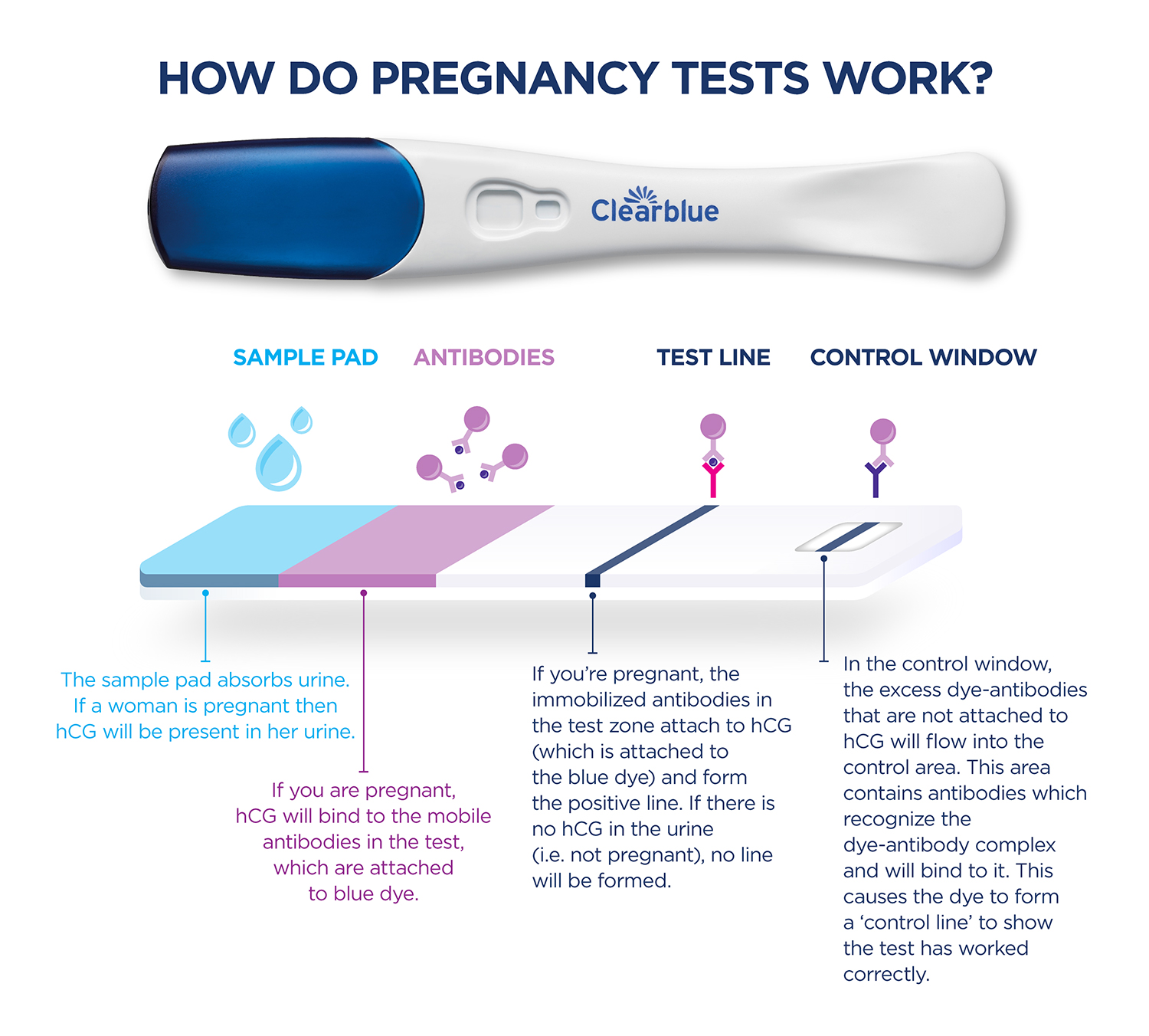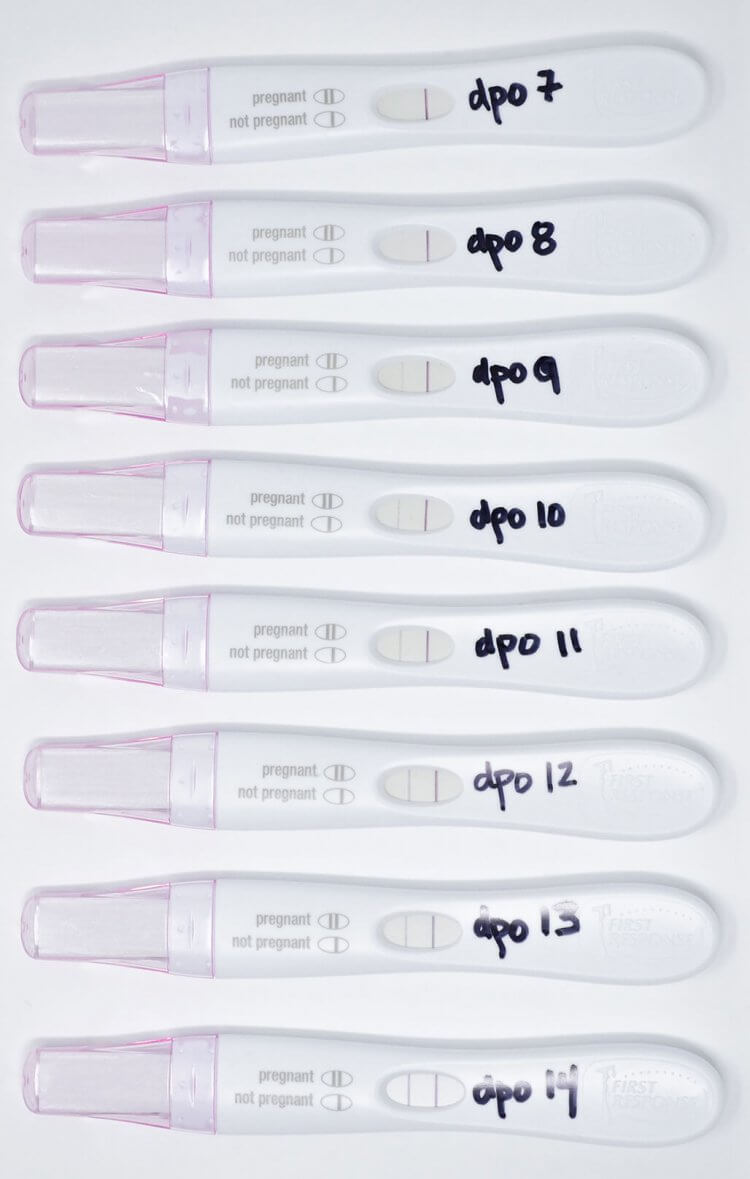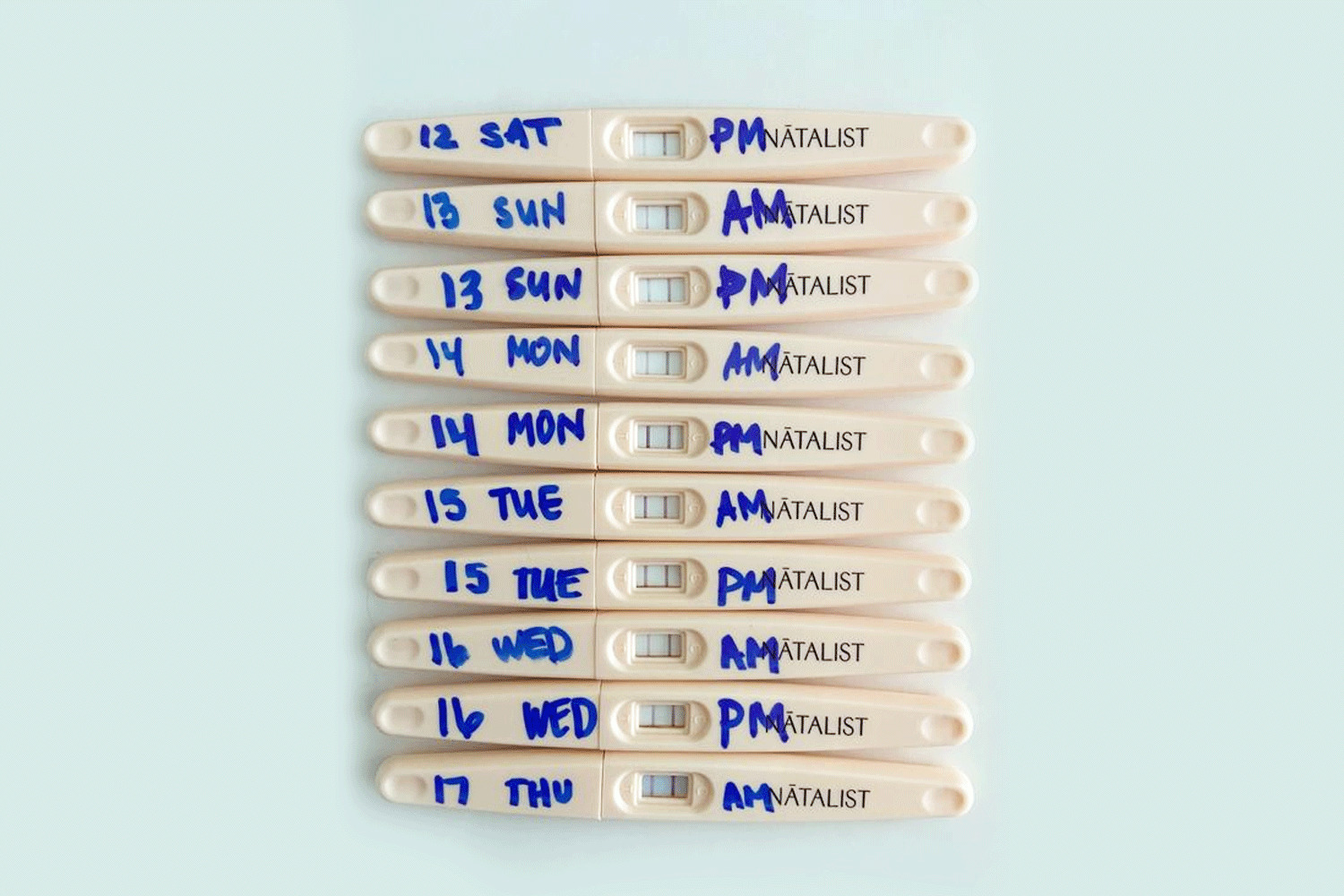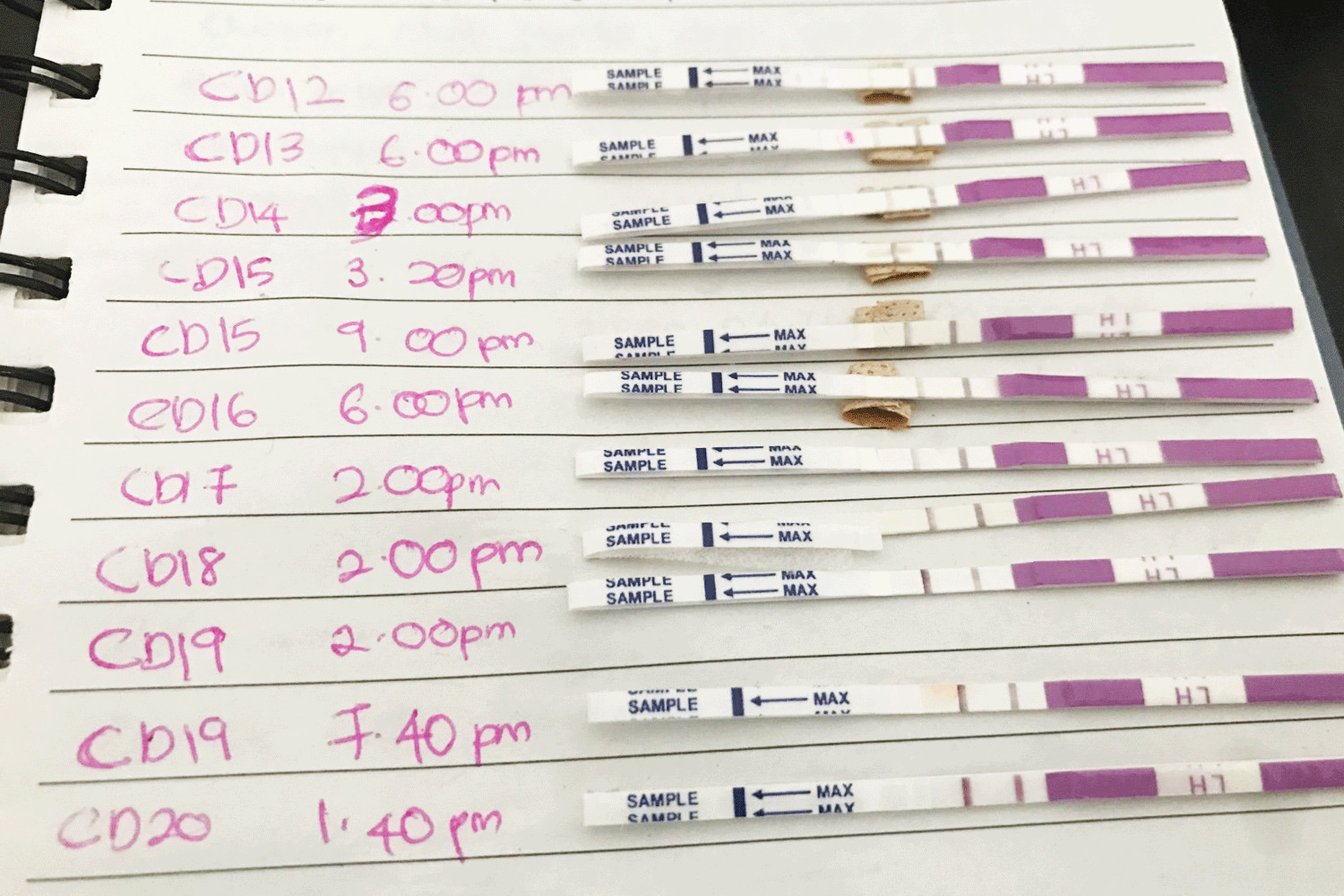How Long After Ovulation Will A Pregnancy Test Be Positive - The “two week wait” refers to the two weeks between ovulation and when your hcg levels are likely high enough to produce a. Typically, a positive pregnancy test can be expected about 14 days after ovulation, but this can vary based on individual factors. A positive pregnancy test will usually show up around the time of your missed period, on average 14 days after ovulation/fertilization, and rarely. How soon after ovulation can you test for pregnancy is a common question amongst those trying to conceive.
A positive pregnancy test will usually show up around the time of your missed period, on average 14 days after ovulation/fertilization, and rarely. How soon after ovulation can you test for pregnancy is a common question amongst those trying to conceive. The “two week wait” refers to the two weeks between ovulation and when your hcg levels are likely high enough to produce a. Typically, a positive pregnancy test can be expected about 14 days after ovulation, but this can vary based on individual factors.
Typically, a positive pregnancy test can be expected about 14 days after ovulation, but this can vary based on individual factors. A positive pregnancy test will usually show up around the time of your missed period, on average 14 days after ovulation/fertilization, and rarely. The “two week wait” refers to the two weeks between ovulation and when your hcg levels are likely high enough to produce a. How soon after ovulation can you test for pregnancy is a common question amongst those trying to conceive.
How to Interpret the Results of an Evap Line on a Pregnancy Test
Typically, a positive pregnancy test can be expected about 14 days after ovulation, but this can vary based on individual factors. A positive pregnancy test will usually show up around the time of your missed period, on average 14 days after ovulation/fertilization, and rarely. How soon after ovulation can you test for pregnancy is a common question amongst those trying.
What Does a Positive Ovulation Test Look Like? See Examples
Typically, a positive pregnancy test can be expected about 14 days after ovulation, but this can vary based on individual factors. How soon after ovulation can you test for pregnancy is a common question amongst those trying to conceive. The “two week wait” refers to the two weeks between ovulation and when your hcg levels are likely high enough to.
Pregnancy Test Calculate When to Take a Test Clearblue
Typically, a positive pregnancy test can be expected about 14 days after ovulation, but this can vary based on individual factors. A positive pregnancy test will usually show up around the time of your missed period, on average 14 days after ovulation/fertilization, and rarely. The “two week wait” refers to the two weeks between ovulation and when your hcg levels.
How long after ovulation should you take a pregnancy test? Your
Typically, a positive pregnancy test can be expected about 14 days after ovulation, but this can vary based on individual factors. How soon after ovulation can you test for pregnancy is a common question amongst those trying to conceive. The “two week wait” refers to the two weeks between ovulation and when your hcg levels are likely high enough to.
When Should I Test After Ovulation
Typically, a positive pregnancy test can be expected about 14 days after ovulation, but this can vary based on individual factors. The “two week wait” refers to the two weeks between ovulation and when your hcg levels are likely high enough to produce a. A positive pregnancy test will usually show up around the time of your missed period, on.
How long after ovulation should you take a pregnancy test? Your
Typically, a positive pregnancy test can be expected about 14 days after ovulation, but this can vary based on individual factors. A positive pregnancy test will usually show up around the time of your missed period, on average 14 days after ovulation/fertilization, and rarely. The “two week wait” refers to the two weeks between ovulation and when your hcg levels.
2 Positive Pregnancy Test
The “two week wait” refers to the two weeks between ovulation and when your hcg levels are likely high enough to produce a. How soon after ovulation can you test for pregnancy is a common question amongst those trying to conceive. A positive pregnancy test will usually show up around the time of your missed period, on average 14 days.
What Does a Positive Ovulation Test Look Like? See Examples
A positive pregnancy test will usually show up around the time of your missed period, on average 14 days after ovulation/fertilization, and rarely. The “two week wait” refers to the two weeks between ovulation and when your hcg levels are likely high enough to produce a. How soon after ovulation can you test for pregnancy is a common question amongst.
How Long After Ovulation To Test For Pregnancy
A positive pregnancy test will usually show up around the time of your missed period, on average 14 days after ovulation/fertilization, and rarely. The “two week wait” refers to the two weeks between ovulation and when your hcg levels are likely high enough to produce a. How soon after ovulation can you test for pregnancy is a common question amongst.
What Does a Positive Ovulation Test Look Like? See Examples
The “two week wait” refers to the two weeks between ovulation and when your hcg levels are likely high enough to produce a. How soon after ovulation can you test for pregnancy is a common question amongst those trying to conceive. A positive pregnancy test will usually show up around the time of your missed period, on average 14 days.
A Positive Pregnancy Test Will Usually Show Up Around The Time Of Your Missed Period, On Average 14 Days After Ovulation/Fertilization, And Rarely.
The “two week wait” refers to the two weeks between ovulation and when your hcg levels are likely high enough to produce a. How soon after ovulation can you test for pregnancy is a common question amongst those trying to conceive. Typically, a positive pregnancy test can be expected about 14 days after ovulation, but this can vary based on individual factors.
